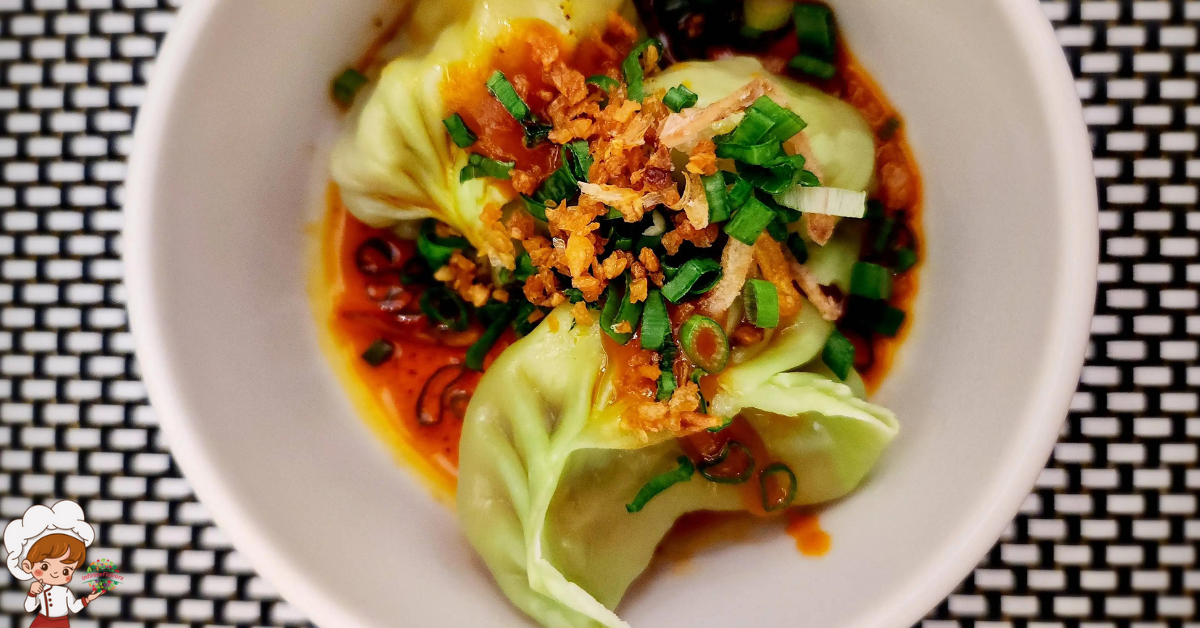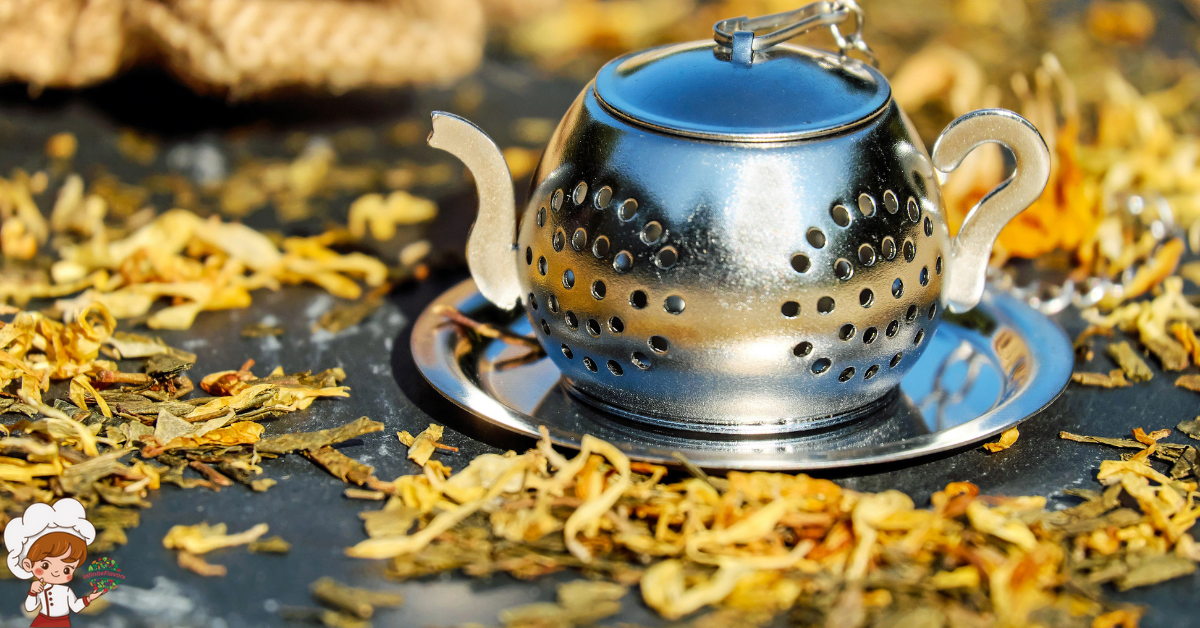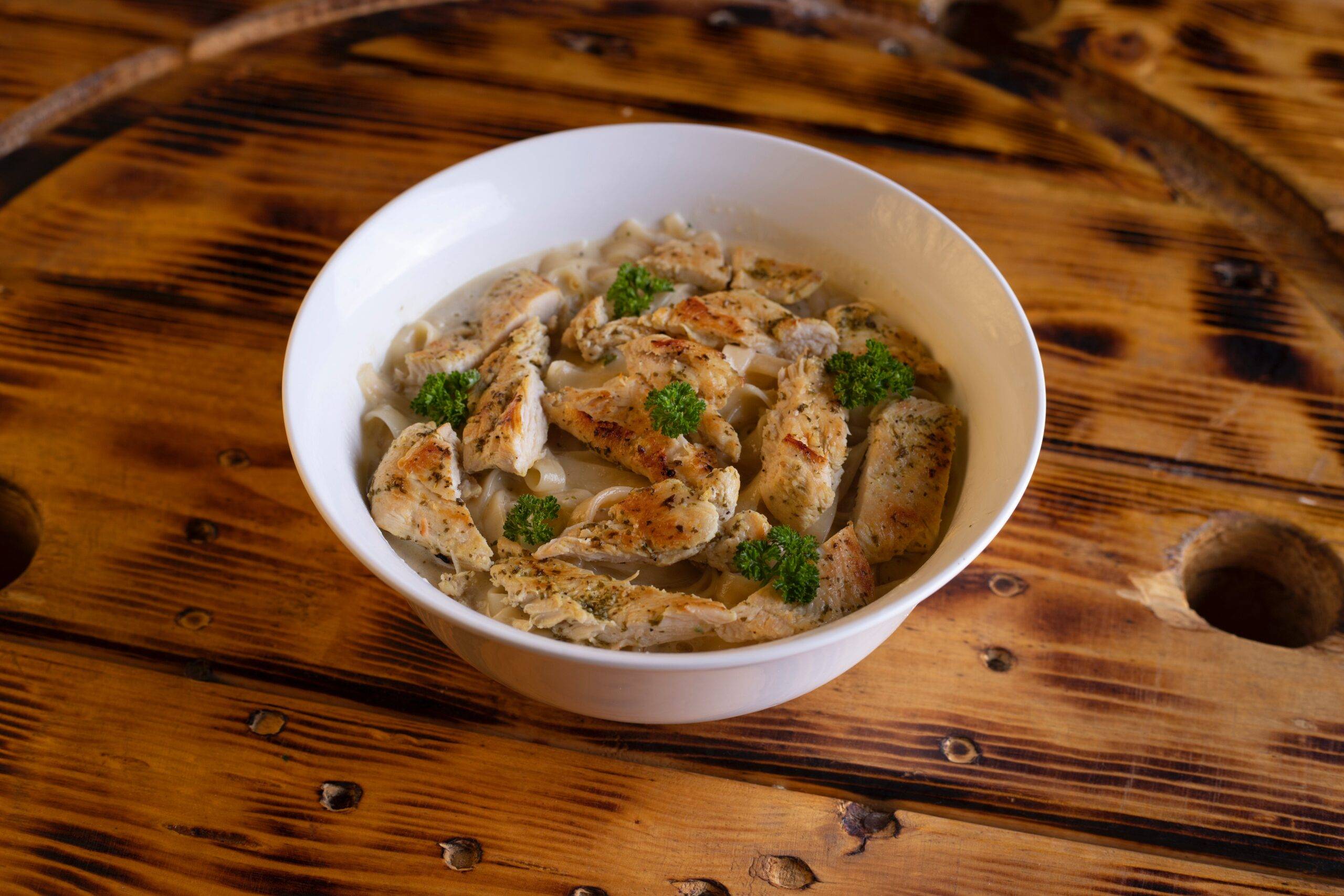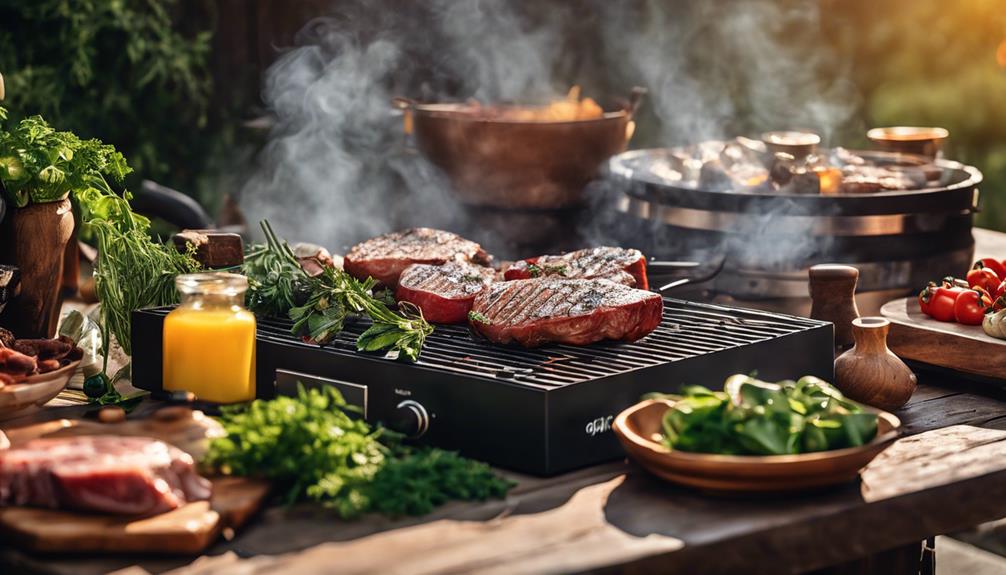How To: Master The Art Of Gratinating Food

To Master The Art Of Gratinating Food, start with fresh ingredients like firm potatoes or seasonal veggies. Layer them evenly for consistent cooking. Season well and choose a mix of cheeses—think creamy Gruyère mixed with sharp cheddar for depth. Preheat your oven to 350°F to 400°F and bake for 20 to 30 minutes, then broil for that perfect, crispy topping. Don’t forget to let your dish rest after baking to meld flavors. With a few creative twists, like adding herbs or seasonal vegetables, you can elevate your gratin. Keep going to explore even more tips and techniques!
Understanding Gratin Techniques
Gratin techniques transform simple ingredients into mouthwatering dishes with a crispy, golden topping. Whether you’re working with vegetables, potatoes, or pasta, mastering these techniques can elevate your culinary skills. There are several gratin types to explore, each bringing its unique flair to the table. Classic options like potato gratin or cauliflower gratin showcase how versatile this cooking method can be.
One of the key aspects of creating a perfect gratin lies in your layering techniques. Start with a base layer of your main ingredient—think thinly sliced potatoes or tender vegetables. Make sure they’re evenly distributed to promote uniform cooking. Next, sprinkle a layer of seasoning, cheese, or breadcrumbs to add flavor and texture. Don’t hesitate to get creative; you can mix different cheeses for depth or even add herbs for an aromatic touch.
As you build each layer, remember to keep the proportions balanced. Too much of one ingredient can lead to uneven cooking, while the right amount creates a harmonious blend of flavors. Once you’ve assembled your dish, pour a creamy sauce or broth over the top to help everything meld together as it bakes. The final step is essential: broiling the gratin for a few minutes at the end will guarantee that glorious, crispy crust that everyone loves.
Choosing the Right Ingredients
When it comes to crafting a delicious gratin, choosing the right ingredients can make all the difference. Start with fresh vegetables, as ingredient freshness plays a vital role in the overall taste and texture of your dish. For instance, opt for firm potatoes, vibrant greens, or seasonal root vegetables. Fresh ingredients not only enhance flavor but also provide a delightful crunch that elevates your gratin.
Next, think about flavor balance. You want to combine ingredients that complement each other while also creating a harmonious dish. For example, if you’re using earthy vegetables like mushrooms or butternut squash, pair them with a tangy cheese or a splash of cream to brighten the overall flavor. Don’t shy away from herbs and spices; they can transform your gratin into a culinary masterpiece. Fresh thyme, rosemary, or even a hint of nutmeg can accentuate the natural flavors and add depth.
When selecting cheeses, remember that they should enhance the dish without overpowering it. A mild cheese can provide creaminess, while a sharper variety can add a punch. Ultimately, your ingredient choices should work together to create a cohesive taste experience.
Lastly, consider the textures. Incorporating a mix of creamy and crunchy elements will keep each bite exciting. By focusing on ingredient freshness and flavor balance, you’re well on your way to mastering the art of gratinating food that’s not just delicious but unforgettable.
Perfecting the Cheese Layer
Selecting the right cheese is vital for perfecting the cheese layer in your gratin. Different cheese types bring unique flavors and textures to your dish, so choose wisely. For a classic gratin, you can’t go wrong with Gruyère or Emmental, known for their melting qualities and nutty taste. If you’re feeling adventurous, try adding a sharp cheddar or a creamy fontina for a richer profile.
Once you’ve picked your cheese, think about seasoning options to elevate the flavor. Simple salt and pepper can work wonders, but don’t shy away from herbs like thyme or rosemary. A sprinkle of nutmeg can add warmth and depth, particularly in potato gratin.
When layering your cheese, it’s essential to distribute it evenly. This guarantees each bite is as delicious as the last. Consider mixing different cheese types for a more complex flavor; combine a melty cheese with a crumbly one for texture contrast.
You might also want to add breadcrumbs on top for crunch, but sprinkle them lightly to let the cheese shine through. If you’re using a strong cheese like blue cheese, balance it with milder options so it doesn’t overpower the dish.
Baking Time and Temperature
Getting the baking time and temperature right is key to achieving that perfect golden crust and tender interior. First, preheat your oven to the recommended temperature for your recipe, typically between 350°F to 400°F. This guarantees your dish starts cooking evenly. Use an oven thermometer to verify accuracy, as many ovens can be off by several degrees.
When you’re ready to bake, choose the right baking tools. A heavy, oven-safe dish distributes heat evenly, promoting consistent cooking. For gratins, a shallow dish is ideal, as it allows for a larger surface area, enhancing browning. If you want that extra crunch, consider using a broiler for the last few minutes. Just keep a close eye on it; things can go from golden to burnt quickly!
Timing varies based on the ingredients and thickness of your dish. A general rule of thumb is to bake until the top is bubbling and golden brown, which usually takes about 20 to 30 minutes. To avoid overcooking, check for doneness a few minutes before the recommended time. You can insert a knife in the center; if it slides in easily, your gratin is ready.
Lastly, don’t forget to let your dish rest for a few minutes after baking. This helps the flavors meld and makes serving easier. With these oven tips and proper timing, you’ll master the art of gratinating food in no time!
Creative Variations to Try
There are countless creative variations you can try when it comes to gratinating food, allowing you to personalize your dish to suit your taste. Start with herb infusions—experiment with fresh basil, thyme, or rosemary mixed into your cheese or breadcrumbs for an aromatic kick. You can also play with protein pairings. Imagine combining chicken, shrimp, or even tofu with your favorite gratin base. The protein not only adds flavor but also makes the dish heartier.
Next, think about veggie combinations. Classic gratins often feature potatoes or cauliflower, but don’t hesitate to mix in seasonal vegetables like asparagus, squash, or even beets. Each veggie brings its unique texture and taste, enhancing your dish’s complexity. Sauce enhancements can elevate your gratin as well. Consider adding a splash of white wine to your béchamel or using a spicy aioli instead of traditional cheese for a twist.
Lastly, seasonal twists are a fantastic way to keep your gratins fresh and exciting. In fall, incorporate pumpkin or sweet potatoes; in summer, try zucchini and tomatoes. These variations not only celebrate the seasons but also make your gratin a vibrant centerpiece for any meal. With these ideas, you’re well on your way to mastering the art of gratinating food, creating dishes that are truly your own. Enjoy experimenting and discovering new favorites!
Frequently Asked Questions: Master The Art Of Gratinating Food
Can I Use Non-Dairy Alternatives for Gratin Recipes?
Absolutely, you can use non-dairy alternatives in gratin recipes! Non-dairy cheeses and plant-based creams work great, giving you that creamy texture and flavor. Just adjust cooking times slightly for best results. Enjoy your dish!
How Do I Prevent My Gratin From Becoming Too Soggy?
To prevent your gratin from getting a soggy crust, focus on moisture control. Use starchy ingredients, avoid excess liquid, and bake it longer to guarantee it crisps up nicely. You’ll love the result!
What Utensils Are Best for Baking a Gratin?
For baking a gratin, you’ll want sturdy gratin dishware, like ceramic or glass. These materials distribute heat evenly. Pair them with effective baking techniques, like preheating your oven, for the best results in achieving that perfect texture.
Can I Prepare Gratin in Advance and Store It?
Yes, you can prepare gratin in advance and store it. Use these make-ahead tips: layer the ingredients, cover tightly, and refrigerate. Just reheat before serving for a delicious, hassle-free meal. Gratin storage is simple!
Is It Possible to Gratin Foods Other Than Vegetables and Potatoes?
You can create delicious gratins with meats or seafood too. Try a savory meat gratin, featuring layered meats and creamy sauce, or a seafood gratin bursting with flavors from shrimp or scallops. Enjoy experimenting!
Conclusion
By mastering the art of gratinating food, you’ll elevate your dishes to new heights. Remember to focus on the techniques, choose quality ingredients, and perfect that cheesy layer for ultimate flavor. Experiment with different baking times and temperatures to find what works best for you. Don’t hesitate to get creative with variations—there’s no limit to what you can gratin! So go ahead, impress your friends and family with your newfound skills in the kitchen!








